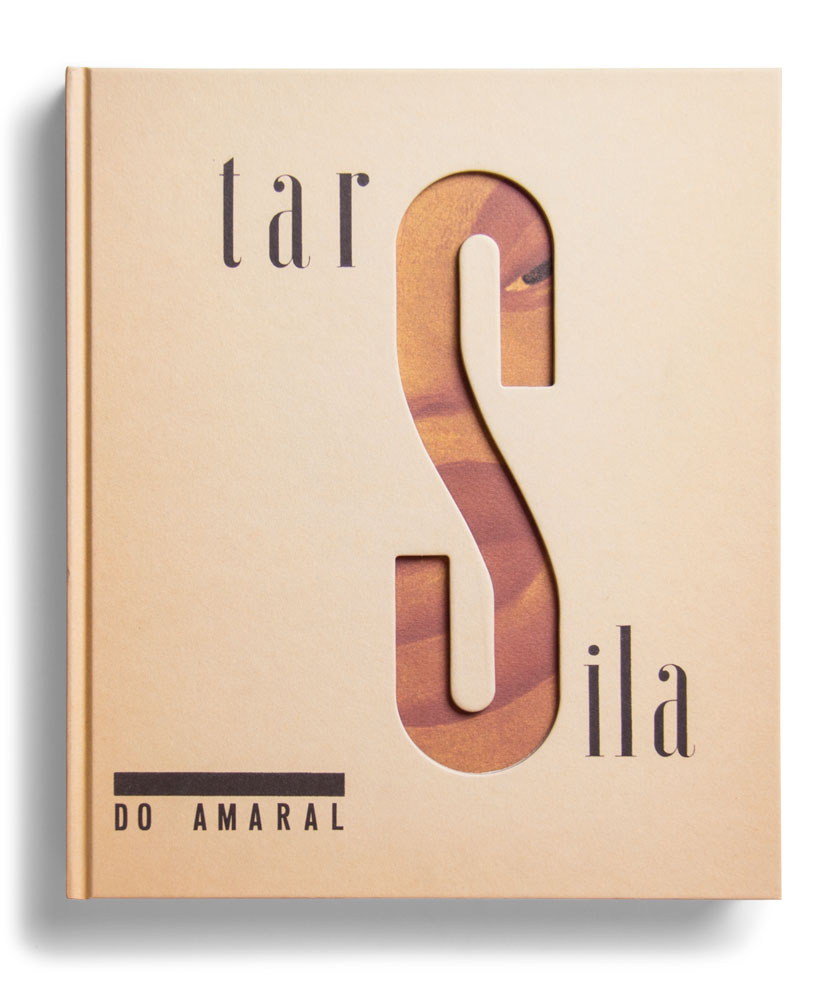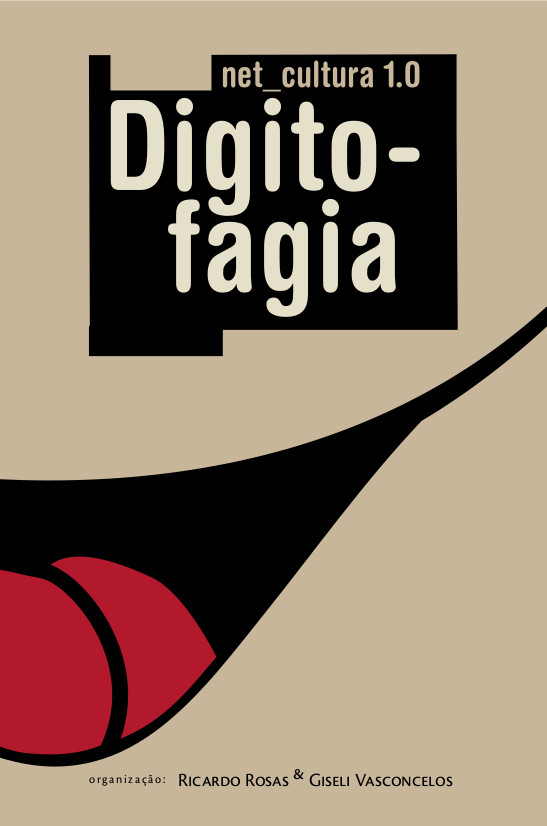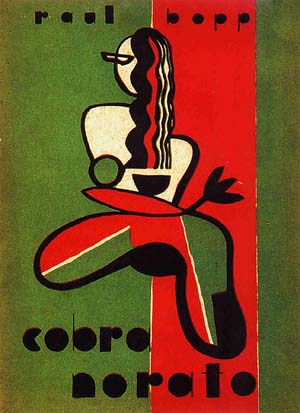Tarsila do Amaral (2009) [EN, ES]
Filed under catalogue | Tags: · anthropophagy, art, art history, avant-garde, brazil, cubism, painting

“Tarsila do Amaral (1886-1973) is one of the major figures of the Latin American vanguard and the symbol of Brazilian Modernism. Exotic, sophisticated and cosmopolitan, she spent two intensive periods in Paris, where she completed what she called the ‘military service’ of Cubism and fed on European avant-garde currents, like a civilized anthropophagite. Upon returning to her country, the digestion of that banquet and her rediscovery of the colors and shapes of her childhood spent in the Brazilian interior would, around 1920, give rise to the most dazzling epoch of her painting.
This catalogue approaches the artist from the remote past of her country, supplemented by the works and writings of her contemporaries as well as essays by experts on her painting.”
Publisher Fundación Juan March, Madrid, and Editorial de Arte y Ciencia, Madrid, 2009
ISBN 9788470755613 (EN)
295 pages
English: PDF, PDF (14 MB), View online
Spanish: PDF, PDF (24 MB), View online
Ricardo Rosas, Giseli Vasconcelos (eds.): net_cultura 1.0: Digitofagia (2006) [BR-PT]
Filed under book | Tags: · activism, anthropophagy, art, brazil, cyberfeminism, digital culture, hacktivism, media activism, politics, tactical media, technology, web

A collection of essays contextualizing actions and initiatives in Brazil’s net culture and hacktivism, edited by the late Ricardo Rosas and Giseli Vasconcelos and coming out of their experience creating Festival Digitofagia in 2004.
“Digitofagia é resultado de um processo coletivo de pensamento gerado durante a concepção, planejamento e realização de um festival de mídia tática, no Rio de Janeiro e em São Paulo, no ano de 2004, que discutiu, entre outras coisas, a necessidade urgente de “abrasileirar” práticas de mídia-ativismo que até então eram teorizadas, praticadas e planejadas sob a influência de teorias e práticas aparentemente alheias ao contexto brasileiro.
A concepção de Digitofagia foi pensar uma pratica antropofágica que se reatualiza no contexto da cultura digital, reabastecendo seu viés libertário. Para tanto, abraçar práticas espontâneas na cultura contemporânea brasileira, como a pirataria, os camelôs e a gambiarra, seria, quem sabe, formas de trazer a mídia tática para um campo mais familiar e mais cotidiano aos praticantes, teóricos e activistas brasileiros. Afinal, a própria cultura brasileira é um codigo (em) aberto.”
“Composto por 35 textos de escritores, ativistas, pesquisadores, acadêmicos e artistas preocupados com os caminhos do ativismo político-artístico nos tempos da globalização digital, Digitofagia é fruto da inesgotável energia e alegria de Ricardo Rosas (1969-2007), que primeiro pensou e organizou, ao lado de Giseli Vasconcelos, os textos selecionados para este volume.”
Publisher Radical Livros, São Paulo, with Sarai/CSDS, Delhi, and Waag Society, Amsterdam, 2006
Creative Commons BY-SA-NC 2.5 Brazil
ISBN 8598600048, 9788598600048
347 pages
Commentary: Paul Keller (2009), Geert Lovink (2009).
Comment (0)Raul Bopp: Cobra Norato (1931–) [BR-PT, EN]
Filed under poetry | Tags: · anthropophagy, avant-garde, brazil, modernism, poetry

“Raised in the south of Brazil, trained as a lawyer in Recife and Rio, and seasoned as a diplomat in Japan and the United States, Raul Bopp found his true subject in Manaus, where he discovered what he insisted was the authentic Brazil. Bopp brought to the early Modernist movement in Brazil a fascination with the folklore, Indian languages, and culture of the vast hinterland of the Amazon basin. As a contributor to the magazine Revista de Antropofagia (Anthropophagical Review) in the 1920s and 1930s, Bopp defined the concerns of what he called the “Cannibalist school” of poetry. ‘Anthropophagical’ in their appropriative and assimilative relation to European experimental writing, the theories of Bopp and Oswald de Andrade further associated them with the tenets of the cosmopolitan/indigenist “Verde e Amarelo” writers, who took their name (“The Green and Yellow”) from the colors of the Brazilian flag.
His long poem Cobra Norato (The Snake Norato or, as translated by Renato Rezende, Black Snake) was written in 1928 and published in its first version in 1931. In it Bopp embodies his primitivist, mystical sense of the life of Brazil’s interior, whose energy he and the other “Cannibalists” proposed as an alternative to the compromising forces of modern urban life. Skeptical, impressionistic, rhythmically complex, and erotically playful, the poem moves at times like a dream or a fairy tale. Its politics, however, are humanitarian and ecologically alert to the dangers o fexploiting the rain forest and its indigenous cultures. In later editions, Bopp softened the bluntness and difficulty of the poem’s diction, making the tone less austerely visionary and more tender. In his later poems, in his criticism, and in his several volumes of memoirs, Bopp continued his Modernist advocacy of Amazonian and Afro-Brazilian folklore as sources of energy and psychic survival.” (Source)
First published in Rio de Janeiro, 1937.
Cobra Norato / Black Snake (BR-Portuguese/English, trans. Renato Rezende, 1996, excerpts, HTML)
Cobra Norato (English, trans. Chris Daniels, 2008)

